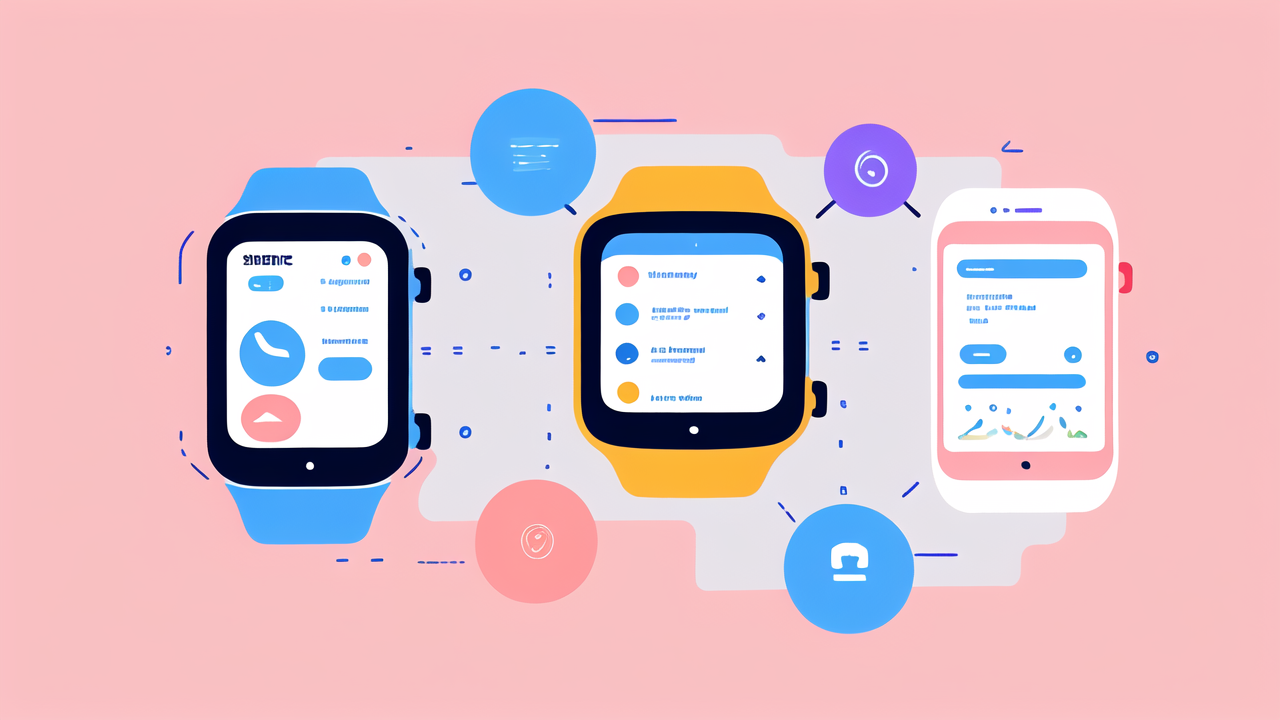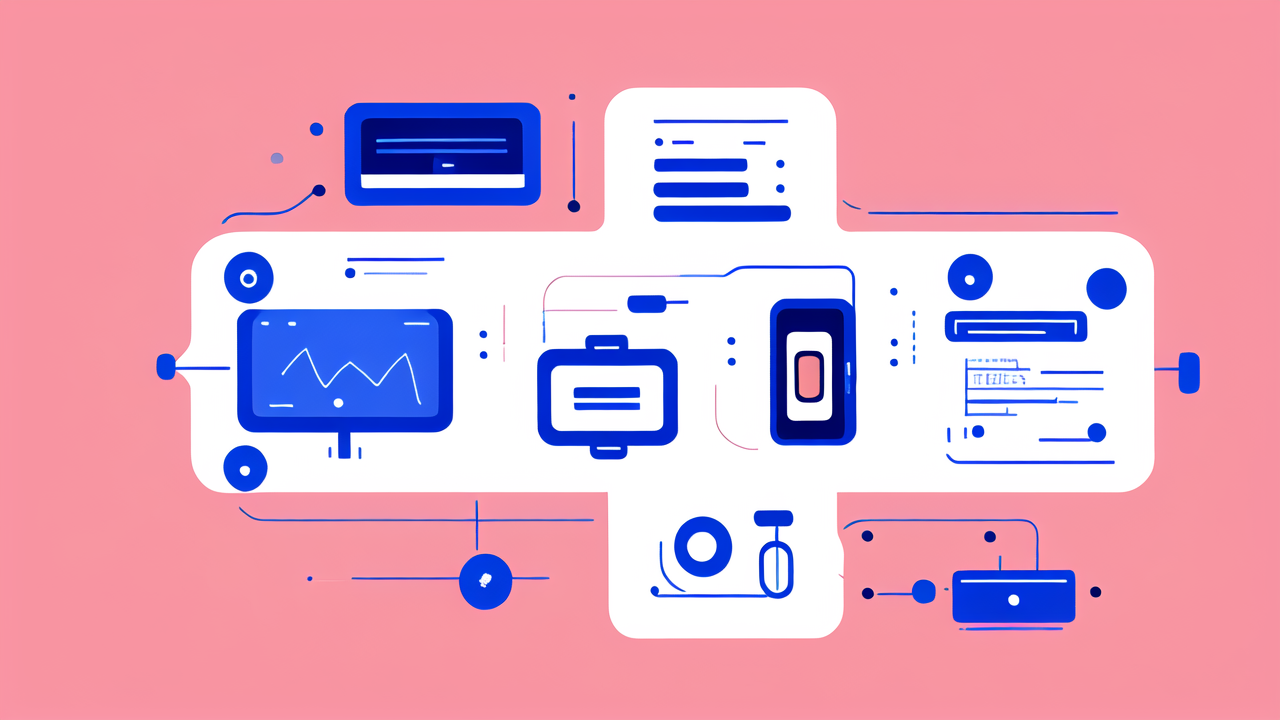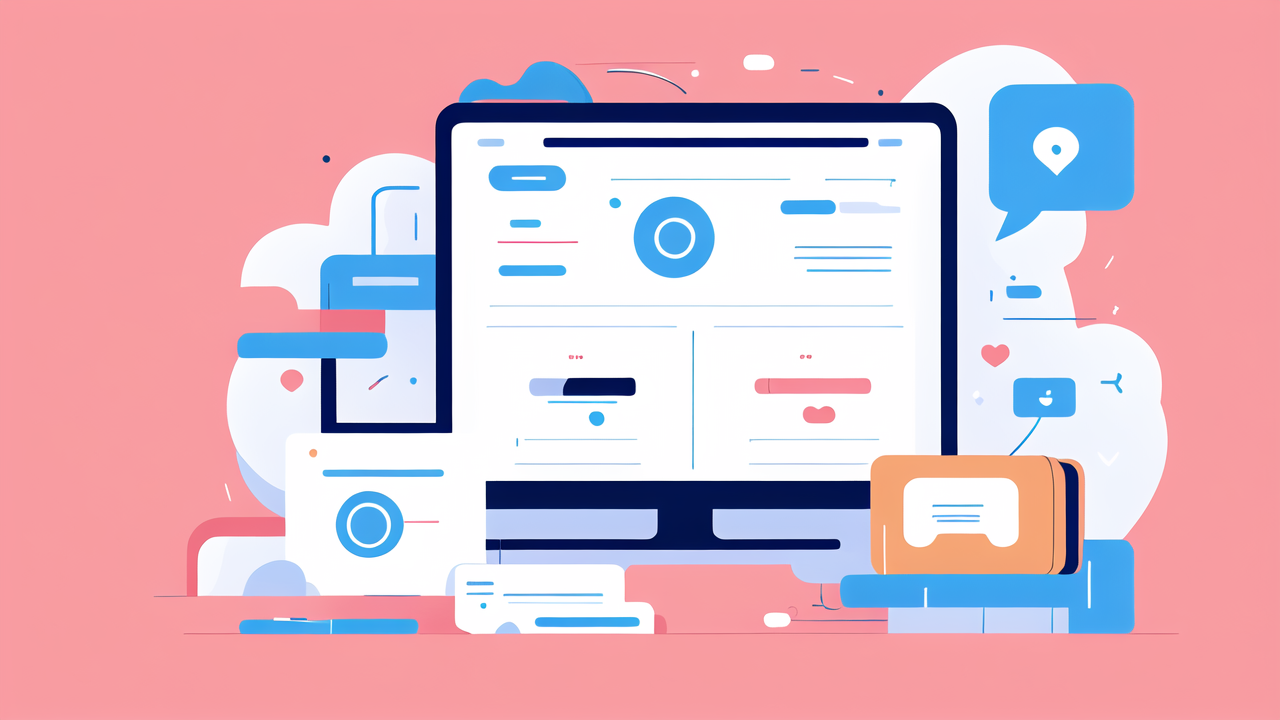The Evolution of Smart Watch Technologies in the United States
A Brief History of Smart Wearables
Smart wearables have come a long way since their inception. The journey began with simple fitness trackers. These devices counted steps and monitored basic activities. As technology advanced, so did the capabilities of these wearables. The first true smartwatches emerged in the early 2010s. They combined fitness tracking with smartphone notifications. Companies like Pebble, Apple, and Samsung led the charge. Each new generation brought more features and better performance. Today's smartwatches are powerful computers on our wrists. They offer a wide range of health monitoring functions. The evolution continues as we integrate them with clothing.

Technological Advancements in Modern Smartwatches
Modern smartwatches are marvels of miniaturization. They pack powerful processors into tiny packages. High-resolution displays show crisp, clear information. Sensors have become more accurate and diverse. Heart rate monitors are now standard. Many watches can measure blood oxygen levels. Some even offer ECG capabilities. Battery life has improved, with some lasting a week or more. Connectivity options have expanded to include WiFi and cellular data. Water resistance has become commonplace. These advancements make smartwatches ideal for health monitoring. They can track our vital signs 24/7, providing valuable data to users and healthcare providers.
The Role of AI and Machine Learning
AI and machine learning are revolutionizing smartwatches. These technologies help make sense of the vast data collected. They can detect patterns and anomalies in health metrics. This allows for early warning of potential health issues. AI can personalize health recommendations based on individual data. Machine learning algorithms improve over time, becoming more accurate. They can predict health trends and suggest lifestyle changes. Some watches use AI to detect falls or irregular heart rhythms. As AI advances, smartwatches will become even more powerful health tools. They may one day serve as personal health assistants, offering real-time medical advice.
Challenges and Opportunities in Wearable Health Monitoring
Overcoming Obstacles in User Adoption
Despite their potential, smartwatches face adoption challenges. Some users find them complicated or unnecessary. Battery life remains a concern for many. Privacy issues also deter some potential users. To overcome these obstacles, manufacturers are focusing on user-friendly designs. They're working to extend battery life and improve charging methods. Companies are also addressing privacy concerns with enhanced security features. Education is key to helping users understand the benefits of health monitoring. As technology improves and prices decrease, adoption rates are likely to increase. The integration with clothing may also make wearables more appealing to a broader audience.

Addressing the Gap in Health Data Accuracy
Accuracy is crucial for health monitoring devices. While smartwatches have improved, there's still room for growth. Factors like skin tone and movement can affect sensor readings. Manufacturers are investing in better sensors and algorithms. They're also working with medical professionals to validate their devices. Some companies are exploring new technologies, like optical sensors. These could provide more accurate readings for various health metrics. As accuracy improves, smartwatches will gain more credibility in healthcare. This could lead to their use in clinical settings and medical research.
Potential Regulatory Impacts on Wearable Health Devices
As smartwatches become more advanced, they face increased scrutiny. Regulatory bodies like the FDA are paying close attention. Some features may require approval as medical devices. This could slow down innovation but ensure safety and efficacy. Companies must balance innovation with regulatory compliance. Clear guidelines are needed for health-monitoring wearables. Privacy regulations also play a role in shaping the industry. Data protection laws impact how companies handle health information. As regulations evolve, smartwatch makers must adapt their practices. This could lead to more secure and reliable health monitoring devices.
Future Prospects for Smart Watches in the Healthcare Sector
Innovations on the Horizon: What's Next for Smartwatches?
The future of smartwatches in healthcare looks promising. We may soon see devices that can monitor blood glucose levels. Non-invasive blood pressure monitoring is another area of research. Some companies are working on stress detection and management features. Mental health monitoring could become a key function. Smartwatches might one day detect early signs of diseases like Parkinson's. Integration with smart clothing could expand monitoring capabilities. Imagine shirts that work with watches to provide more comprehensive data. As technology advances, the line between medical devices and consumer products may blur. Smartwatches could become essential tools for preventive healthcare.

The Intersection of Fashion and Health in Wearable Devices
The merger of fashion and health tech is an exciting frontier. Designers are working to make smartwatches more stylish and customizable. Some watches now offer interchangeable bands and faces. This allows users to match their watch to their outfit or mood. Smart fabrics are being developed that can work with watches. These could monitor things like posture and muscle activity. Fashion brands are partnering with tech companies to create attractive wearables. The goal is to make health monitoring devices that people want to wear. As aesthetics improve, more people may adopt these life-saving technologies. The future may bring invisible health monitors woven into our everyday clothing.
Leveraging Big Data and Wearable Tech for Personalized Healthcare
Big data from smartwatches is changing healthcare. It provides a wealth of information for research and treatment. Doctors can use this data to make more informed decisions. Patients can track their health trends over time. This leads to more personalized healthcare plans. AI can analyze this data to predict health issues before they occur. Population-level data can help identify public health trends. Researchers can use it to study the effects of lifestyle on health. Privacy concerns must be addressed as more data is collected. But the potential benefits are enormous. Wearable tech and big data could revolutionize how we approach healthcare. It may lead to earlier interventions and better health outcomes for millions.




Leave a comment
This site is protected by hCaptcha and the hCaptcha Privacy Policy and Terms of Service apply.